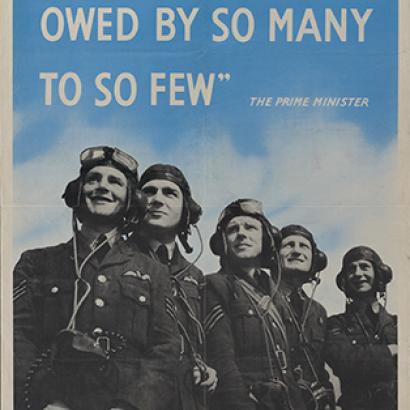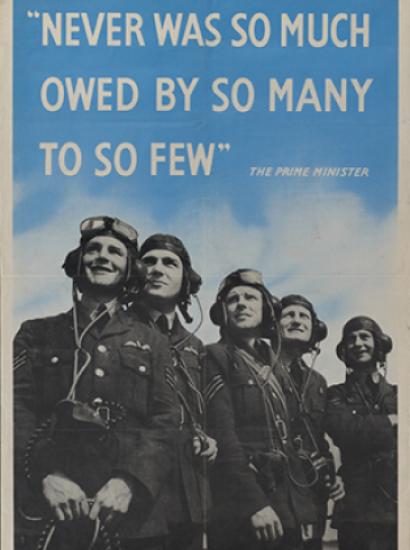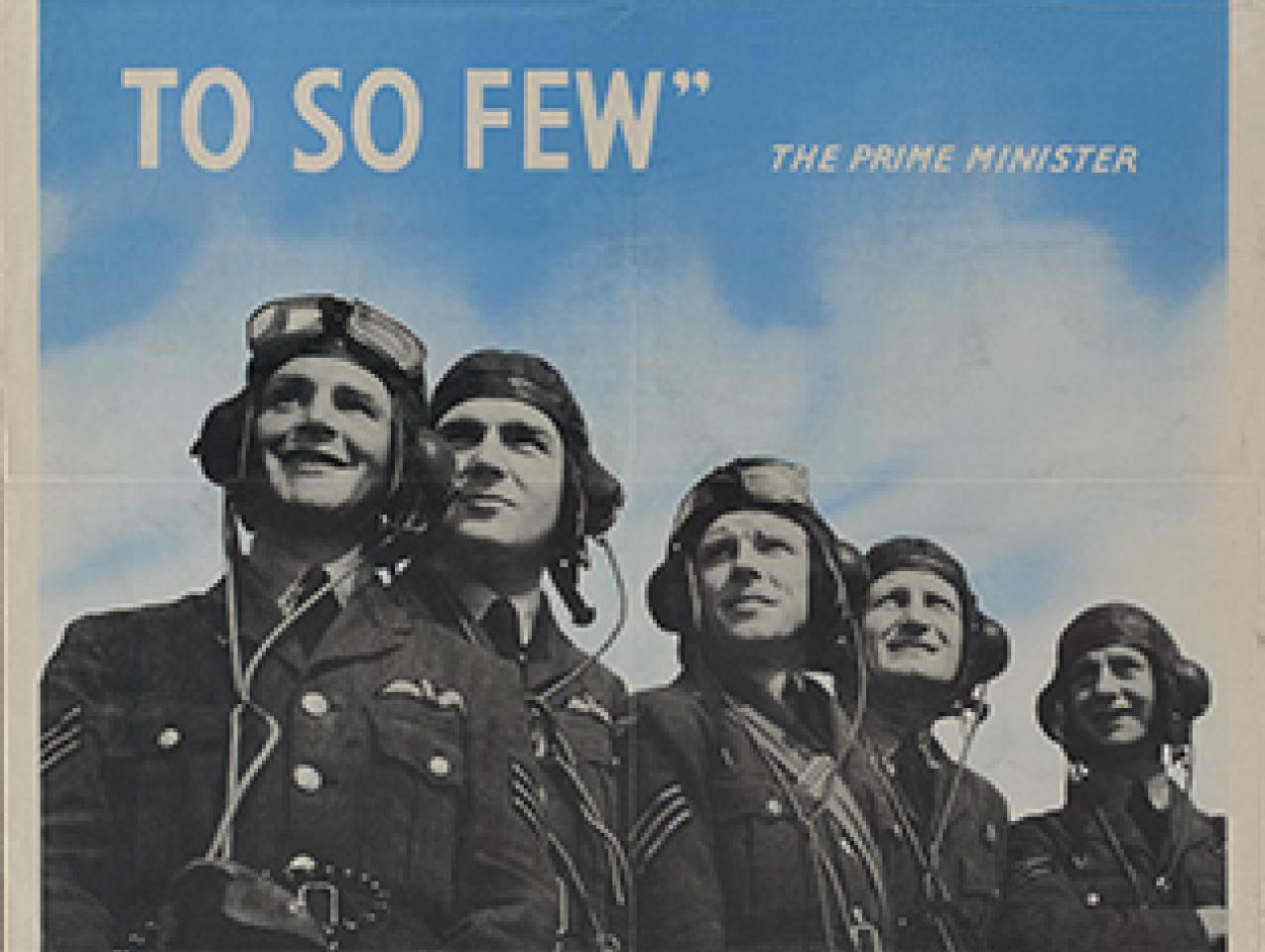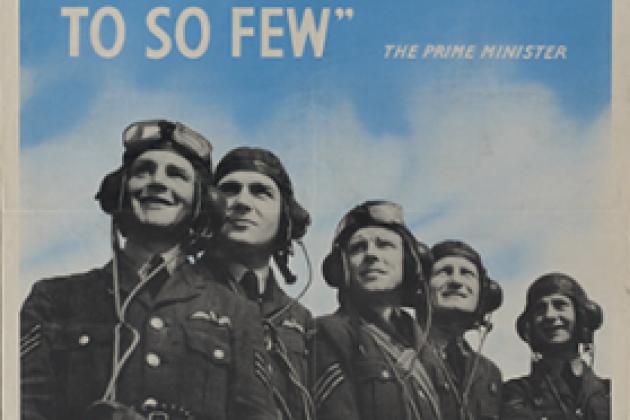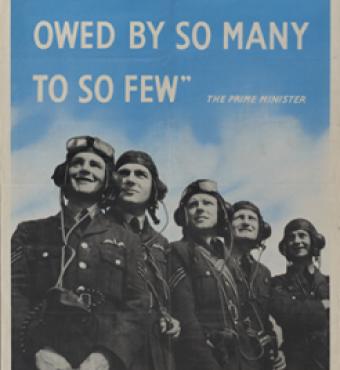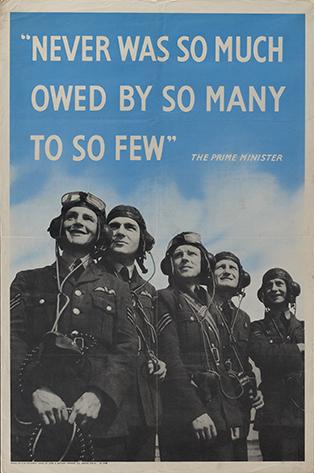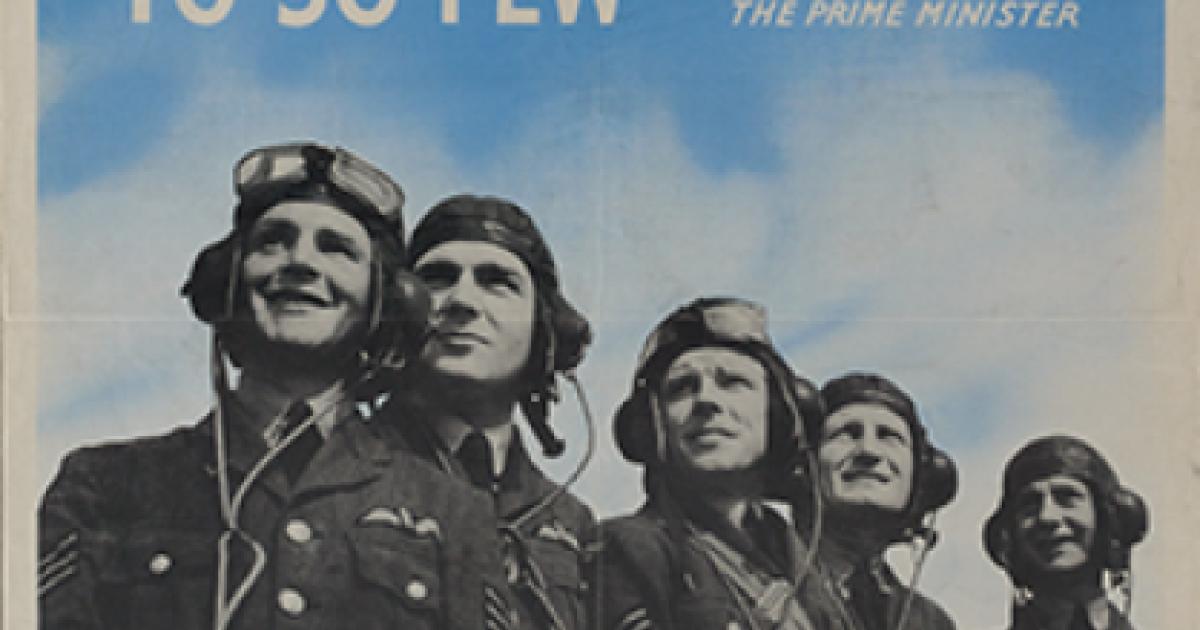- History
- Military
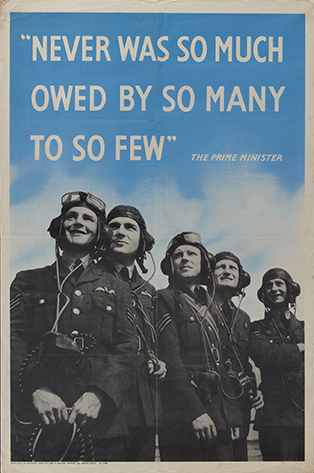
Seventy-five years ago, over the period from March through early July 1943, the RAF’s Bomber Command was waging what was called at the time, the Battle of the Ruhr. In our own time, only a few antiquarian military historians—a rapidly disappearing breed—would recognize the importance of that battle. Certainly, none of those social historians who today inhabit the halls of academia would have any comments except to condemn the merciless slaughter of “innocent” German civilians by what was part and parcel of the Anglo-American Combined Bomber Offensive. Of course, today we condemn any kind of collateral damage that results in the death of civilians as absolutely unacceptable. And make no mistake, the RAF’s attacks on the Ruhr during this period had as its singular aim to “de-house” the inhabitants, while they were still in their houses.
But 1943 was quite a different time from today’s comfortable assumptions. In understanding the past, what matters in coming to some judgment of the actions of our ancestors and the decisions they made. Those engaged in the air attacks on the industry and population of the German Reich were engaged in no less than an existential war against one of the most evil regimes that human beings have managed to throw up in their long and sordid history. In the Battle of the Ruhr, the RAF’s Bomber Command savaged the Ruhr. British bombers dropped a total of 34,000 tons of bombs on targets in the Ruhr. In addition to its area bombing attacks, a precision raid waged by Lancaster bombers carrying specially designed bombs quite literally blew out the Eder and Möhne dams, the latter creating a wide path of destruction throughout the valley below. The Wehrmacht’s Armament’s Inspectorate for the Ruhr described the “catastrophe” to the damage that the flood caused to industrial and electrical concerns as well as the civilian population. Over the three month period, it reported a significant decline in coal production: 813,278 tons overall; 416,464 tons as a result of bomb damage to infrastructure in the Ruhr; 272,870 tons as a result of the damage inflicted by the precision bombing that caused the Möhne flood; and 153,944 tons as a result of the damage done to workers’ houses throughout the Ruhr.
Perhaps most important, the Battle of the Ruhr halted the upward surge of the German war economy, as the increasing weight of the Allied air attacks steadily wrecked the infrastructure on which the production of weapons depended. Moreover, the ferocity and effectiveness of those Allied air attacks forced the Germans to devote nearly 20,000 of their high velocity heavy artillery and approximately half-a-million soldiers to the defense of the Reich, soldiers and weapons that would obviously have had a direct impact on the fighting in the ground war on both the Eastern and Western Fronts.
The cost to the Allied air forces puts paid to the claim that the Soviets did all the fighting and dying. From May 1943 through May 1944, Eighth Air Force’s bomber force suffered over 30 percent crew losses nearly every month. Over the course of the whole Second World War, the RAF’s Bomber Command lost 50 percent of those who flew its missions killed in action, 25 percent wounded or captured, and only 25 percent surviving. In the end, the greatest generation won the war at a terrible cost. Their efforts underlined for succeeding generations that freedom is not necessarily free. We should never forget their sacrifice.







